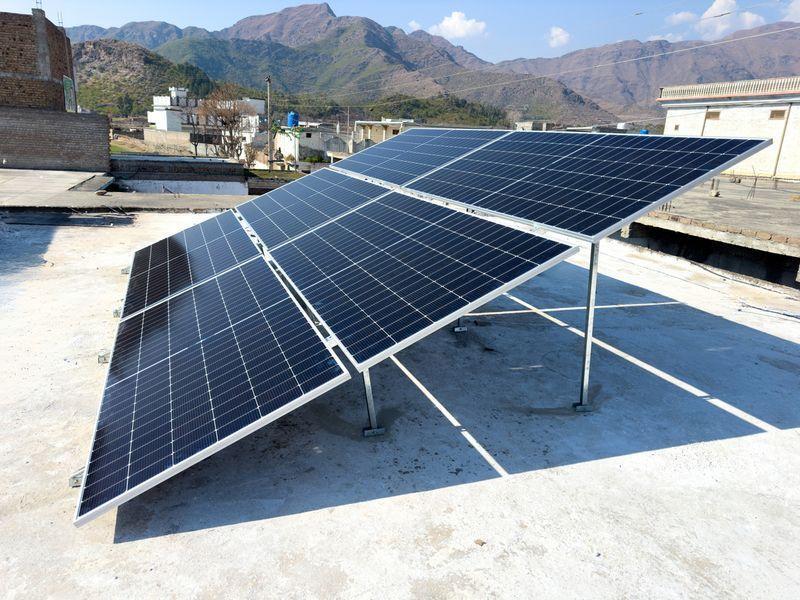
Himachal to set up model solar village in every district
Himachal Pradesh, a state known for its picturesque landscapes and rich natural beauty, is taking a significant step towards promoting clean energy and sustainable living. As part of the Pradhan Mantri Surya Ghar: Muft Bijli Yojana, the state government has announced plans to establish a model solar village in every district, at an estimated cost of ₹1 crore. This ambitious initiative aims to showcase the potential of solar energy and promote its adoption across the state.
The Shimla district administration has already taken the first step by shortlisting four villages, Tyawal, Chhakdel, Nerwa, and Sunda Bhaura, out of which one will be selected for the project. The chosen village will serve as a model for other districts to follow, demonstrating the feasibility and benefits of solar energy.
The Pradhan Mantri Surya Ghar: Muft Bijli Yojana is a flagship scheme of the Central government, aimed at promoting the adoption of solar energy and reducing dependence on fossil fuels. The scheme provides financial assistance to states and union territories to establish solar power plants and promote renewable energy.
The model solar village in Himachal Pradesh will not only generate electricity but also serve as an educational hub, showcasing the latest solar technology and its applications. The village will feature solar-powered homes, schools, and community centers, demonstrating the potential of solar energy to power daily life.
The initiative is expected to have a significant impact on the state’s environment, as it will reduce the carbon footprint and dependence on non-renewable energy sources. Solar energy is a clean and sustainable source of energy, which can help reduce air and water pollution, and promote a cleaner and healthier environment.
The model solar village will also create employment opportunities in the renewable energy sector, contributing to the state’s economic growth and development. As the demand for solar energy increases, Himachal Pradesh can emerge as a hub for solar energy production and services, attracting investments and creating jobs for the local population.
Moreover, the initiative will promote energy self-sufficiency and reduce the state’s dependence on external energy sources. The model solar village will serve as a prototype for other districts to follow, demonstrating the feasibility and benefits of solar energy.
The state’s decision to establish a model solar village in every district is a significant step towards achieving the ambitious target of generating 40% of its energy from non-fossil fuels by 2030. Himachal Pradesh has set a goal to become a net-zero carbon state by 2050, and the model solar village initiative is a crucial step towards achieving this objective.
The selection of a model solar village in Shimla district is a welcome move, as it will not only promote clean energy but also contribute to the state’s economic growth and development. The district administration has taken a strategic decision by shortlisting four villages, as it will allow for a thorough evaluation of each village’s potential and feasibility for the project.
In conclusion, the establishment of a model solar village in every district of Himachal Pradesh is a significant step towards promoting clean energy and sustainable living. The initiative will not only reduce the state’s carbon footprint but also create employment opportunities and promote energy self-sufficiency. As the state moves towards becoming a net-zero carbon state by 2050, the model solar village initiative is a crucial step towards achieving this objective.






